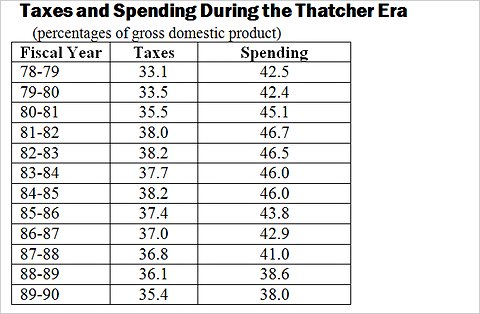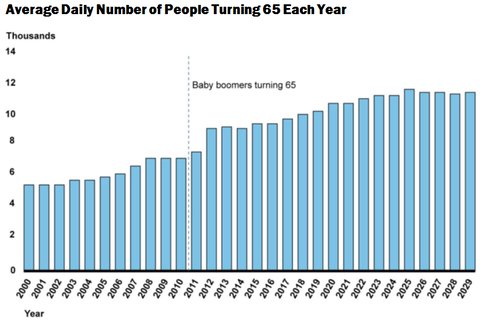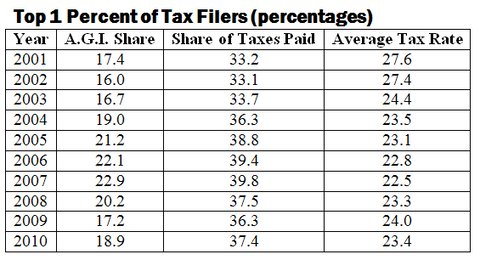
Bruce Bartlett held senior policy roles in the Reagan and George H.W. Bush administrations and served on the staffs of Representatives Jack Kemp and Ron Paul. He is the author of “The Benefit and the Burden: Tax Reform – Why We Need It and What It Will Take.”
Sixty-five years ago this week, in June 1948, a remarkable economic transformation took place in Germany. Almost overnight, the economy went from stagnation to revival. Most of the credit goes to the German economist Ludwig Erhard.
 Reuters Ludwig Erhard in 1963.
Reuters Ludwig Erhard in 1963.
Today’s Economist
Perspectives from expert contributors.
In 1948, the German economy was a basket case, not merely because of the damage from war but because economic policy was thoroughly confused. Some in the West, including the United States Treasury secretary, Henry Morgenthau, thought Germany’s industrial capacity should be completely dismantled to prevent it from ever again becoming a military threat.
This was a minority point of view, however. The rising Soviet threat overwhelmed any desire for vengeance against Germany and required that it be built up as quickly as possible. The big problem was that Germany was divided into four occupation zones after the war, one each controlled by Britain, France, the Soviet Union and the United States.
Action required agreement among the four powers, which was difficult not only because of Soviet intransigence. In 1945, Prime Minister Winston Churchill of Britain’s Conservative Party had lost his position to Clement Attlee of the Labor Party, who quickly moved to nationalize industry in Britain and adopt other socialist policies. Some new British leaders wanted their socialist ideas implemented in Germany as well.
Thus there were political, ideological and diplomatic divisions among the allies that prevented action in Germany, with economic policy remaining on automatic pilot. Ironically, this led to the continuation of Nazi economic controls, because there was no agreement on what should replace them.
In 1947, the United States and Britain decided to unify the administration of their occupation zones into an area called Bizonia. Mr. Erhard, a respected German business economist from Bavaria, was named economic minister.
In 1948, Britain, France and the United States agreed to end their occupation and establish an independent German state with or without inclusion of the Soviet zone. The handover of power was set to begin on June 15, thus setting up a confrontation with the Soviets.
As soon as German economic autonomy was restored, Mr. Erhard wanted to institute sweeping economic reforms, especially currency reform. Because of inflation, the Germany currency was virtually worthless and the economy largely functioned on barter, which was extremely inefficient and severely hindered the growth of industry.
Introduction of a new German mark was set for June 20, 1948. As word of the currency reform leaked out, stores closed until the effects of the new currency could be determined. Simultaneously, the Soviets cut off supplies for Berlin, which was deep in their zone of occupation but administered jointly by the four powers. The Western powers responded by airlifting supplies to the city, the beginning of the famous Berlin Airlift, one of the most dramatic events in postwar history.
A key part of Mr. Erhard’s plan was the elimination of price controls, which was essential for the currency reform to be effective. He needed permission from the allies to change any of the price controls, but Mr. Erhard concluded that he did not need their consent to simply abolish them. As he wrote in his 1958 book “Prosperity Through Competition”:
It was strictly laid down by the British and American control authorities that permission had to be obtained before any definite price changes could be made. The Allies never seemed to have thought it possible that someone could have the idea, not to alter price controls, but simply to remove them.
Gen. Lucius D. Clay, the United States commander in Germany, was well aware of what Mr. Erhard was up to and could have stopped him. But General Clay’s personal economic adviser, the American businessman Joseph Dodge, urged him not to and the general wisely followed his advice, turning a blind eye to Mr. Erhard’s actions. (Mr. Dodge, an extraordinarily important but virtually unknown figure in postwar economic policy, also played a key role in advising Gen. Douglas MacArthur, the United States commander in Japan, on reforming its economy as well.)
Mr. Erhard instituted many other reforms as well, including a 33 percent cut in income taxes. On June 26, the French, British and American authorities ratified Mr. Erhard’s actions. This led the Soviets to tighten the isolation of Berlin, creating a severe political and economic crisis. The allied airlift quickly ratcheted up. By July 4, 362 American and British planes brought 3,000 tons of food into the city in a single day, an amazing accomplishment given the limited landing and takeoff facilities in Berlin.
By August, the Communists were organizing demonstrations against Mr. Erhard and his reforms, but General Clay stood behind him. Fortunately, tangible signs of economic recovery were becoming evident. Rationing was ended completely in September. In October, a bumper crop of potatoes was cheered, with production up 60 percent over 1947.
By November, it was clearly apparent that the western zone of Germany was taking off, economically, leaving the eastern zone, still under Soviet control, behind. According to an article in The New York Times, industrial production was “far better than even the most optimistic economic planners envisaged when currency reform went into effect.”
The strong economic growth in the west was a major factor leading the Soviet Union to call off its blockade of Berlin on May 12, 1949, and the airlift ended.
A year after the Erhard reforms, they were generally viewed as an unqualified success. C.L. Sulzberger of The New York Times interviewed Mr. Erhard in July 1949 and he pointed with pride to the fact that the quality of German goods was rising, prices were falling and the standard of living was improving. On July 20, Mr. Sulzberger wrote, “Germany is coming back.”
The West German economy continued to expand, aided by the Marshall Plan, and Mr. Erhard remained as the nation’s economics minister until 1963, when he became West Germany’s second chancellor. He died in 1977.
Article source: http://economix.blogs.nytimes.com/2013/06/18/the-revival-of-postwar-germany-began-65-years-ago/?partner=rss&emc=rss























